BAF-312(SiponiMod)
- CAS NO.:1230487-00-9
- Empirical Formula: C29H35F3N2O3
- Molecular Weight: 516.59
- MDL number: MFCD26142651
- SAFETY DATA SHEET (SDS)
- Update Date: 2025-12-25 12:42:02

What is BAF-312(SiponiMod)?
Absorption
The time (Tmax) to attain maximum plasma concentrations (Cmax) after oral administration of immediate-release oral doses of siponimod was found to be approximately 4 hours ( with a range 3 - 8 hours). Siponimod is heavily absorbed (at a rate greater than or equal to 70%). The absolute oral bioavailability of siponimod is about 84%. Steady-state concentrations were attained after approximately 6 days of daily administration of a single dose of siponimod .
Effects of food on absorption
Food ingestion leads to delayed siponimod absorption (the median Tmax increased by approximately 2-3 hours). Food intake has no effect on the systemic exposure of siponimod (Cmax and AUC). Therefore, siponimod may be taken without regard to food .
Toxicity
Carcinogenesis
Oral carcinogenicity studies of siponimod were performed in mice and rats. There was an increase in malignant lymphoma in females at all doses and in hemangiosarcoma and combined hemangioma and hemangiosarcoma at all doses in males and females. The lowest dose tested is approximately 5 times the recommended human dose (RHD) of 2 mg/day .
Mutagenesis
Siponimod was negative in several in vitro (Ames, chromosomal aberration in mammalian cells) and in vivo (micronucleus in mouse and rat) assays .
Impairment of fertility
When siponimod was administered orally (0, 2, 20, or 200 mg/kg) to male rats (mated with untreated females) before and throughout the mating period, there was a dose-related increase in the precoital interval at any dose. A decrease in implantation sites, an increase in preimplantation loss, and a decrease in the number of viable fetuses were noted at the highest dose tested. The higher no-effect dose for adverse effects on fertility (20 mg/kg) is approximately 100 times the recommended human dose .
When siponimod was administered orally (0, 0.1, 0.3, or 1 mg/kg) to female rats (mated with untreated males) prior to and during mating, and continuing to Day 6 of gestation, no effects on fertility were noted up to the highest dose studied (1 mg/kg). Plasma siponimod exposure (AUC) at the highest dose studied is about 16 times that in humans at the recommended human dose .
Use in pregnancy and lactation
Siponimod may cause fetal harm, based on the results of animal studies. Because it takes about 10 days to eliminate this drug from the body, women of childbearing potential should use adequate contraception to avoid pregnancy during and for 10 days after the cessation of treatment .
No data currently exist regarding the presence of siponimod in human milk . A study in lactating rats demonstrated excretion of the drug and/or its metabolites in milk. The benefits nursing should be considered as well as the mother’s clinical requirement for this drug and any possible adverse effects on the breastfed infant from siponimod .
Description
S1p signaling is important for immune, cardiovascular, and CNS function.Like its FDA approved predecessor fingolimod, siponimod is an oral S1p signaling modulator.While fin- golimod binds four out of five known S1p receptors, siponimod is selective for receptor sub- types 1 and 5. This selectivity may allow for an improved adverse event profile.
The Uses of BAF-312(SiponiMod)
Siponimod is a functional sphingosine -1 phosphate (SIP) antagonist used in the treatment of multiple sclerosis and other central nervous system-related diseases in human subjects. .
Indications
This drug is indicated for the treatment of relapsing forms of multiple sclerosis (MS), to include clinically isolated syndrome, relapsing-remitting disease, and active secondary progressive disease in adults .
Background
Siponimod, also known as Mayzent, by Novartis, is a new drug formulated for the management of Multiple Sclerosis (MS). It was approved by the FDA on March 26, 2019 and by Health Canada on February 20, 2020. This drug is considered a sphingosine-1-phosphate (S1P) receptor modulator and is thought to play a role in suppressing the central nervous system inflammation that is associated with MS .
Multiple Sclerosis (MS) is an autoimmune disease of the central nervous system that is chronic and inflammatory, disrupting communication between the brain and other parts of the body. Most patients diagnosed with this illness experience their initial disease symptoms between the age of 20 to 40, often the most productive years of life. Symptoms may include but are not limited to fatigue, gait changes, bowel or bladder dysfunction, abnormal muscle twitching, vision disturbance, and depressing or mood swings. MS is one of the most common causes of neurological disability in young adults and is found to occur more frequently in women than in men.
Pharmacokinetics
Immune system effects
Siponimod causes a dose-dependent decrease of the peripheral blood lymphocyte count within 6 hours of the first dose, caused by the reversible accumulation of lymphocytes in lymphoid tissues, due to lack of lymphocyte release . This results in a decrease in the inflammation that is involved in multiple sclerosis. Lymphocyte counts return to normal in 90% of patients within 10 days after the cessation of therapy .
Effects on heart rate and rhythm
Siponimod causes a temporary decrease in heart rate and atrioventricular conduction upon beginning treatment. The maximum fall in heart rate is observed in the first 6 hours post ingestion. Autonomic heart responses, including diurnal variation of heart rate and response to exercise activities, are not altered by siponimod treatment .
Effects on pulmonary function
Dose-dependent decreases in absolute forced expiratory volume over a time frame of 1 second were noted in siponimod-treated patients and were higher than in patients taking placebo .
Side Effects
Siponimod,2 mg/day, was studied in a Phase I placebo-controlled trial in patients with secondary progressive Ms.206The primary endpoint was time to 3 months confirmed dis- ability progression. There were substantive side effects from the drug,mainly increased liver transaminase concentrations,bradycardia, and bradyarrhythmia at treatment initiation.With subsequent siponimod administration,there was an increased incidence of macular edema, hypertension,varicella zoster reactivation, and convulsions compared to placebo. By grad- ually escalating the initial dose of siponimod, cardiac first-dose effects were reduced.While the results of this trial are encouraging,long- term safety issues may be a greater concern5or since persons with secondary progressive MS as a group are older,with a higher incidence of comorbidities that could preclude use of siponimod.
Metabolism
Siponimod is extensively metabolized, mainly by CYP2C9 enzyme (79.3%), and subsequently by CYP3A4 enzyme (18.5%). The pharmacological activity of the main metabolites M3 and M17 is not expected to be responsible for the clinical effect and the safety of siponimod in humans .
References
[1] gergely p1, nuesslein-hildesheim b, guerini d, brinkmann v, traebert m, bruns c, pan s, gray ns, hinterding k, cooke ng, groenewegen a, vitaliti a, sing t, luttringer o, yang j, gardin a, wang n, crumb wj jr, saltzman m, rosenberg m, wallström e. the selective sphingosine 1-phosphate receptor modulator baf312 redirects lymphocyte distribution and has species-specific effects on heart rate. br j pharmacol. 2012 nov;167(5):1035-47.
[2] pan s1, gray ns1, gao w1, mi y1, fan y1, wang x1, tuntland t1, che j1, lefebvre s1, chen y1, chu a1, hinterding k2, gardin a2, end p2, heining p2, bruns c2, cooke ng2, nuesslein-hildesheim b2 .discovery of baf312 (siponimod), a potent and selective s1p receptor modulator. acs med chem lett. 2013 jan 4;4(3):333-7.
Properties of BAF-312(SiponiMod)
| Melting point: | 154 - 157°C |
| Boiling point: | 602.0±65.0 °C(Predicted) |
| Density | 1.24±0.1 g/cm3(Predicted) |
| storage temp. | Hygroscopic, Refrigerator, under inert atmosphere |
| solubility | DMSO (Slightly), Methanol (Slightly) |
| form | Solid |
| pka | 2.69±0.20(Predicted) |
| color | White to Off-White |
Safety information for BAF-312(SiponiMod)
| Signal word | Warning |
| Pictogram(s) |
 Exclamation Mark Irritant GHS07 |
| GHS Hazard Statements |
H302:Acute toxicity,oral H315:Skin corrosion/irritation H319:Serious eye damage/eye irritation H335:Specific target organ toxicity, single exposure;Respiratory tract irritation |
| Precautionary Statement Codes |
P261:Avoid breathing dust/fume/gas/mist/vapours/spray. P280:Wear protective gloves/protective clothing/eye protection/face protection. P301+P312:IF SWALLOWED: call a POISON CENTER or doctor/physician IF you feel unwell. P302+P352:IF ON SKIN: wash with plenty of soap and water. P305+P351+P338:IF IN EYES: Rinse cautiously with water for several minutes. Remove contact lenses, if present and easy to do. Continuerinsing. |
Computed Descriptors for BAF-312(SiponiMod)
New Products
4,4-Difluoropiperidine hydrochloride tert-butyl 9-methoxy-3-azaspiro[5.5]undecane-3-carboxylate Indole Methyl Resin N-Isopropylurea N,N-Dicyclohexylcarbodiimide(DCC) MELDRUMS ACID 5-METHYLISOXAZOLE-4-CARBOXYLIC ACID Magnessium Bis glycinate Zinc ascorbate 1-bromo-2-butyne 2-acetamidophenol 9(10H)-anthracenone Erythrosin B, 4-Piperidinopiperidine 2-((4-morpholinophenylamino) (methylthio) methylene) malononitrile 2,4-dihydroxybenzaldehyde 3-(4-morpholinophenylamino)-5-amino-1H-pyrazole-4-carbonitrile Methyl 2-methylquinoline-6-carboxylate 2,6-dichloro-4-nitropyridine 4-Bromo-2-chlorobenzonitrile 2-(benzylamino)acetic acid hydrochloride 4-(tert-Butoxycarbonylamino)but- 2-ynoic acid 3,4-dihydro-2H-benzo[b][1,4]dioxepine 1-Phenyl-1-cycloprppanecarboxylicacidRelated products of tetrahydrofuran


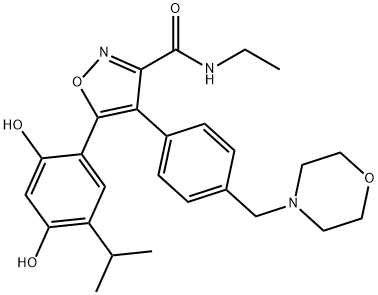
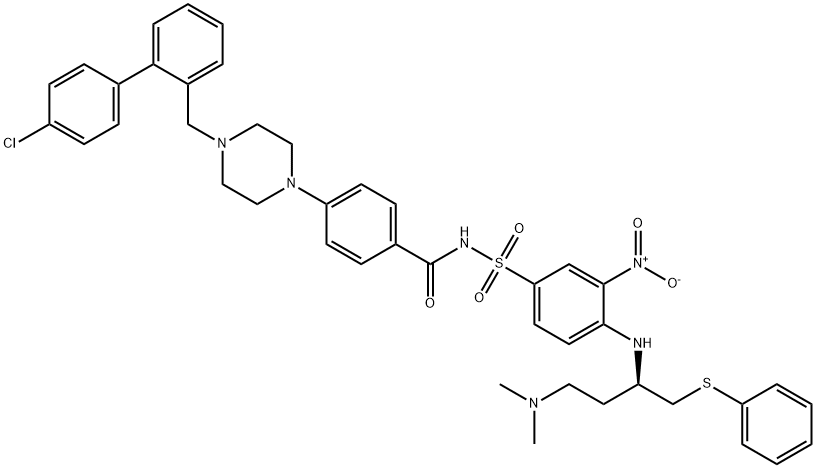
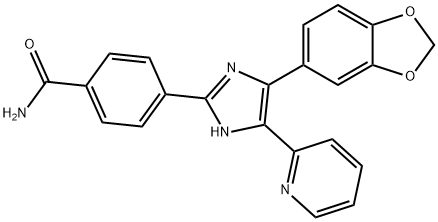
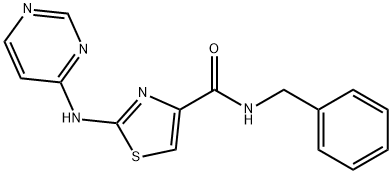
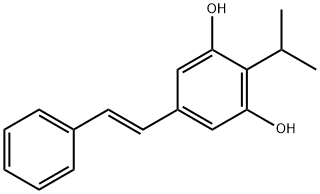
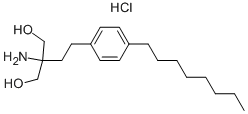
You may like
-
 1230487-00-9 Siponimod 98%View Details
1230487-00-9 Siponimod 98%View Details
1230487-00-9 -
 1230487-00-9 99%View Details
1230487-00-9 99%View Details
1230487-00-9 -
 1230487-00-9 98%View Details
1230487-00-9 98%View Details
1230487-00-9 -
 3-(4-amino-1-oxoisoindolin-2-yl)-1-methylpiperidine-2,6-dione 98%View Details
3-(4-amino-1-oxoisoindolin-2-yl)-1-methylpiperidine-2,6-dione 98%View Details -
 20677-73-0 (2,2-diethoxyethyl)methylamine 98%View Details
20677-73-0 (2,2-diethoxyethyl)methylamine 98%View Details
20677-73-0 -
 3-(4-(hydroxyamino)-1-oxoisoindolin-2-yl)piperidine-2,6-dione 98%View Details
3-(4-(hydroxyamino)-1-oxoisoindolin-2-yl)piperidine-2,6-dione 98%View Details -
 57381-49-4 2-bromo-4-chlorobenzonitrile 98%View Details
57381-49-4 2-bromo-4-chlorobenzonitrile 98%View Details
57381-49-4 -
 4,6-dichloropyrimidine-5-carbaldehyde 98%View Details
4,6-dichloropyrimidine-5-carbaldehyde 98%View Details
5305-40-8
